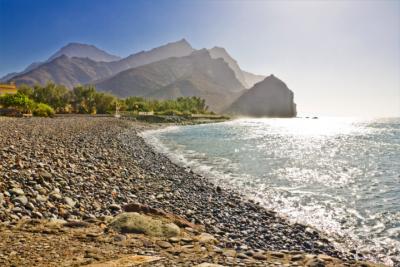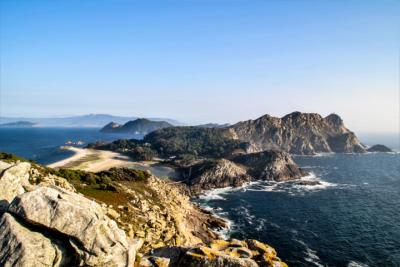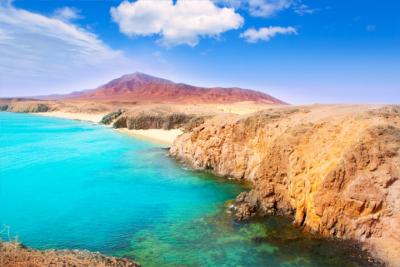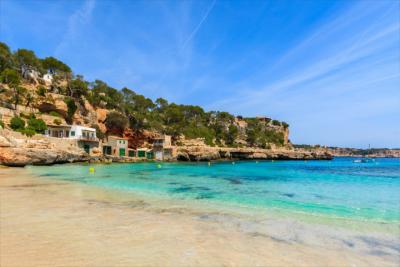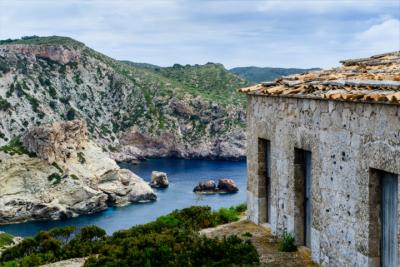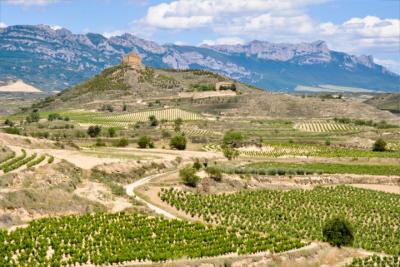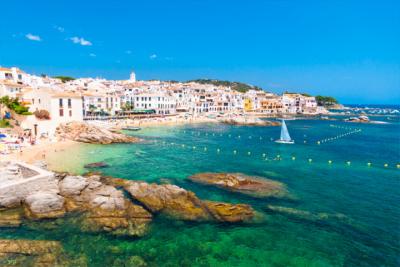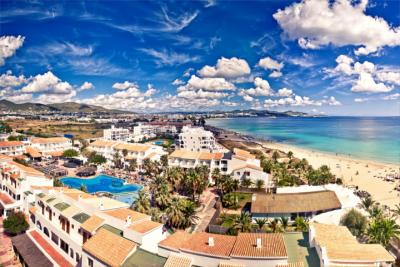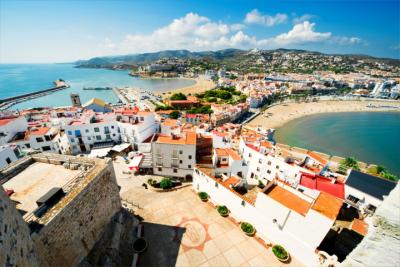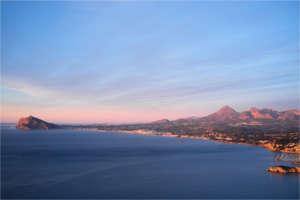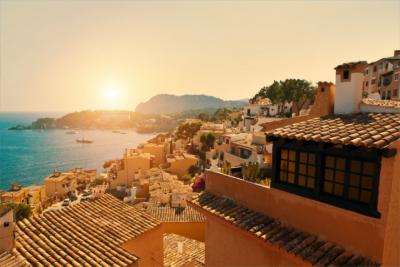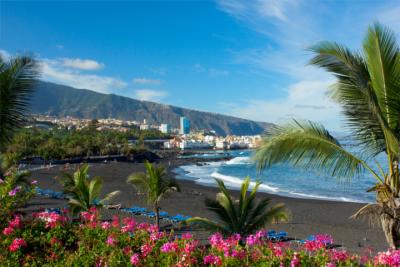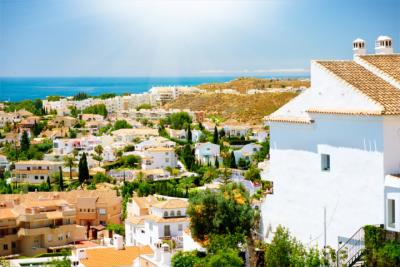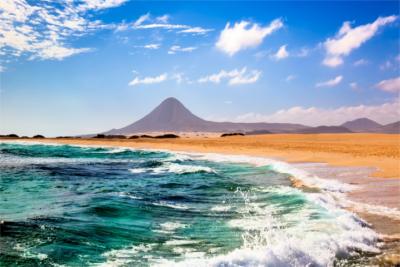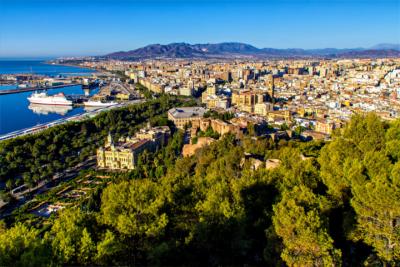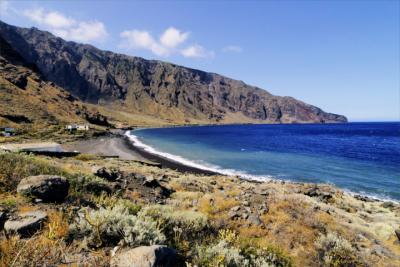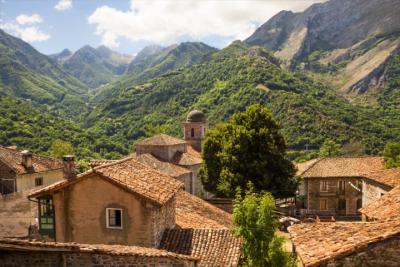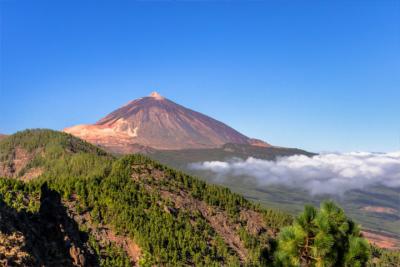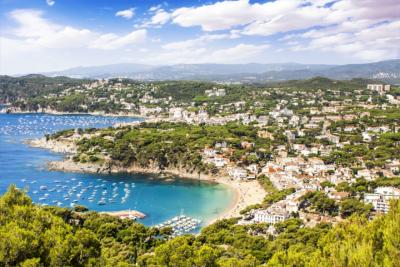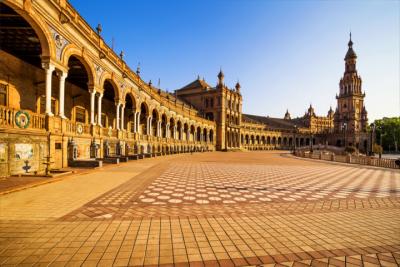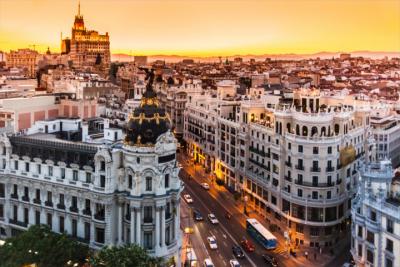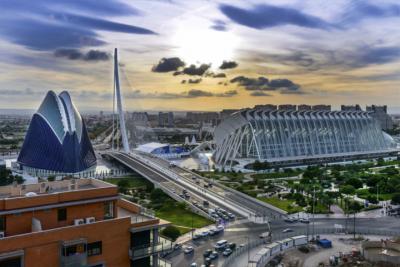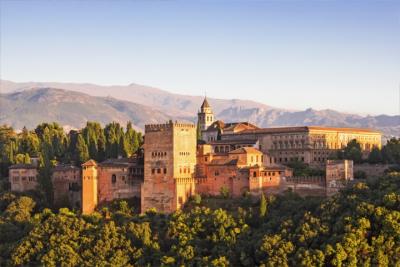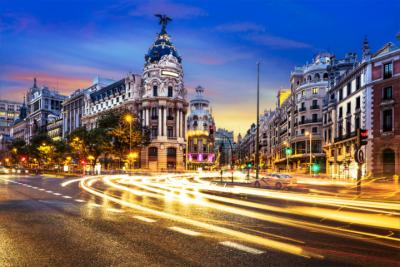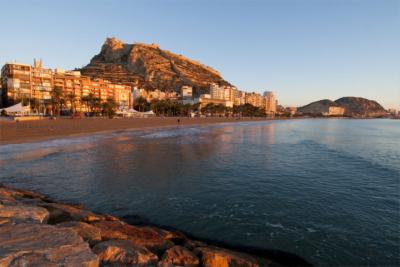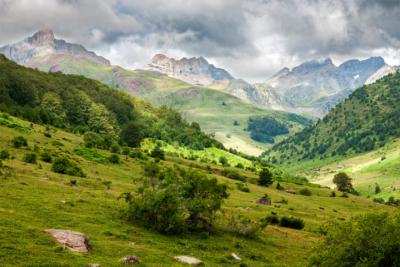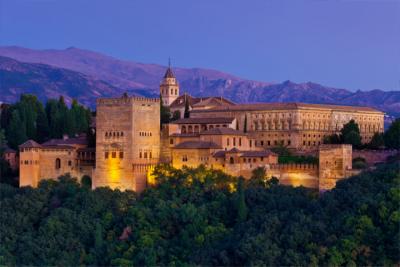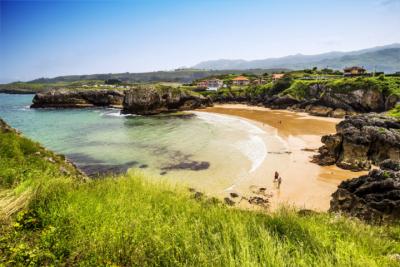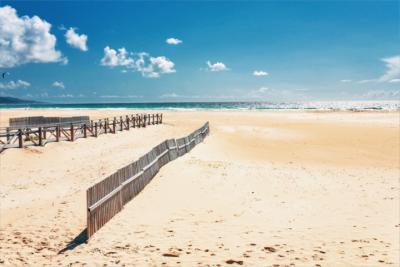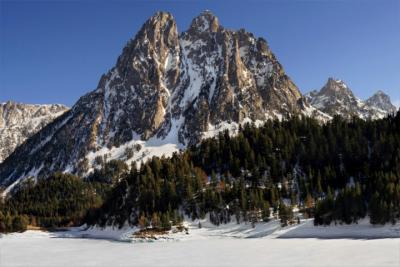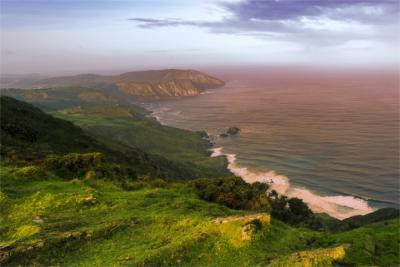Travel Offers
Travelmyne Featureprint
Distance
Aragon - The Other Spain
Aragon is the fourth biggest Spanish region and one of the most sparsely populated ones. That is why a major part of its impressive nature is still unspoiled. Aragon fascinates with breathtaking rock formations and vast plains and shows the visitor an unknown side of the Iberian Peninsula.
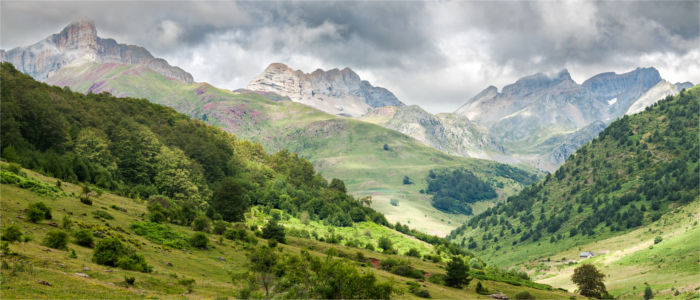
Geography - The fourth biggest region of Spain
Aragon (Spanish: Aragón) is one of the 17 autonomous Spanish communities and lies in the country's north-east. The main ridge of the Pyrenees separates the region from France in the north. Furthermore, Aragon is enclosed by Catalonia in the east, Valencia in the south-east and by Castilla-La Mancha, Castile and León, La Rioja as well as Navarra in the west. Although Aragon is the fourth biggest Spanish region with an area of 47,698 km², it is sparsely populated with about 28 inhabitants per km². Its capital Zaragoza is also the country's fifth-biggest city. Due to the variety of landscapes, the climate differs considerably. In the Ebro Valley, which has low precipitation, the summers are hot and the winters are cold, while the higher regions, in the Pyrenees, are dominated by Mediterranean to alpine climate.
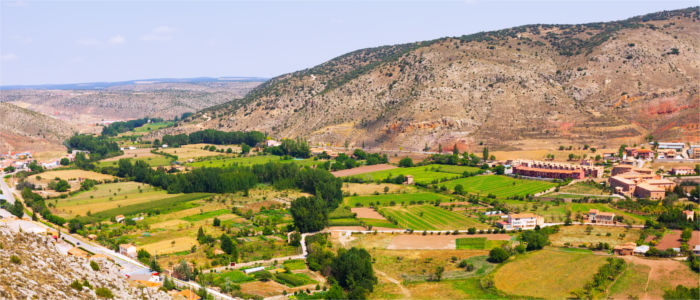
Nature - Deep gorges, vast plains and a lost mountain
Aragon extends over a great part of the Spanish mainland and is crossed by the Ebro, one of the country's longest and most important rivers. The region can be divided into three very different natural areas. In the north, the Central Pyrenees, which are about 3,500 metres high, dominate the landscape. Aragon's centre is covered in the vast plains of the Ebro basin and the Iberian mountains stand out in the south with a height of 2,315 metres. Aragon's Pyrenean landscape is characterised by great gorges, numerous rivers, deep forests and the highest peak in the province Huesca, the Aneto (3,404 m). There are four national parks in Aragon as well as a biosphere reservoir which counts over 51,000 hectares. The impressive Ordesa y Monte Perdido National Park with the lost mountain (3,355 metres), which is the third highest peak of the Pyrenees and part of the UNESCO World Heritage, as well as the breathtaking nature reserve Viñamala take up a major part of the territory.
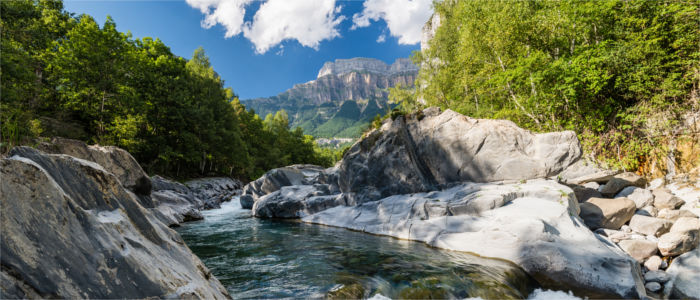
Culture - Romanesque and Gothic sacred buildings as well as structures in Mudéjar style
The region owes its name to a tributary of the river Ebro, the Aragón. In the 9th century, the Franconian crown named their former county after this river. Aragon was occupied by the Romans, west Goths and Moors in the course of history, which is apparent from many palaces, cathedrals, monasteries and castles. The Gothic Cathedral of Huesca, the Romanesque Loarre Castle and the Benedictine monastery San Juan de la Peña are only three examples. A special cultural highlight and cultural heritage of the Moors is the Mudéjar architecture. "Mudéjars" was the name given to Muslims which were allowed to practise their religion in the Christian country after the Reconquista (the reconquest of Spain). The Muslim craftspeople were treated with more tolerance in Aragon than in the rest of the country. You find their buildings in Mudéjar style, with ornate walls and tiled roofs with ceramic decoration, all over the region. Particularly beautiful examples are Teruel's old town, the Aljafería Palace and the Basilica in Zaragoza.
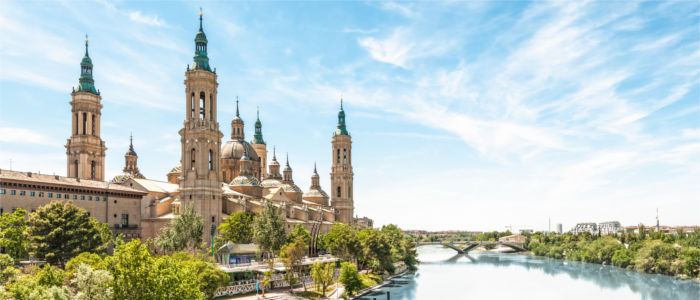
Experience - Lamb, legumes, sirloin meat and colourful celebrations
Mass tourism has not yet reached Aragon, which is why the region still displays a remarkable nativeness. Nevertheless, tourism is Aragon's most important industry with gastronomy playing a major role. Old and traditional recipes made of local products, many of which are the legacy of different peoples which populated the territory in the course of centuries, are still prepared in the Aragonian cuisine today. The Aragonian dishes, most of which are stews, typically consist of meat (lamb), legumes, cheese or fish. In addition, the community is characterised by internationally known types of wine like Borja, Paniza, Lercera and Valle de Jalón, which often round off meals in Aragon. Other popular products are those made from cow, sheep or goat milk as well as the peach from Calanda, the ham from the province Teruel and the sirloin meat lomo embuchado de Aragón, which were awarded with a quality seal. Many celebrations show the party mood of Aragon's population. Many visitors visit the region in spring to see the spring festival Fiesta de Primavera. The Fiesta de la Aceituna in Cape or the Fiesta del Pilar in Zaragoza, Aragon's second biggest festival, are popular with travellers due to their folklore and colourful performances.
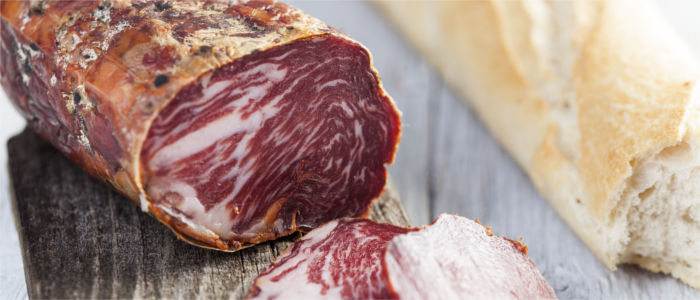
Activities - A paradise for outdoor activities
Holidays in Aragon are perfect for many outdoor activities. In summer, you can hike and climb in the region's diverse nature. Horseback riding, canyoning, rafting or kayaking are other popular leisure activities. In winter, on the other hand, visitors can do winter sports in seven skiing areas. You can enjoy the beautiful Pyrenean landscape on skis or on a snowboard in the most popular winter sports regions Valle de Astún, Cerler, Formigal, Valdelinares or Candanchú. In addition, ice climbing and snowshoe excursions are possible in the wintry landscape of Aragonia.
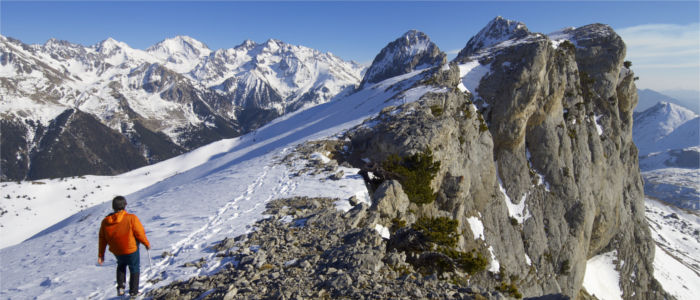
Information
Although Aragon has been spared from mass tourism, it can easily be reached by train or plane. Many European airlines (e.g. Ryanair) head for the great airport in Zaragoza, for example. The city is also one of the most important railway junctions in Spain. Many routes to and from Zaragoza are travelled by high-speed trains.
Visitors can gain new experience and impressions in Aragon and get to know an unusual side of Spain because this community is not characterised by long beaches, constant sunshine and hot temperatures. Instead, it offers an impressive mountain panorama, untouched natural landscapes and several culture towns, which put a different complexion on the country in the south of Europe.



